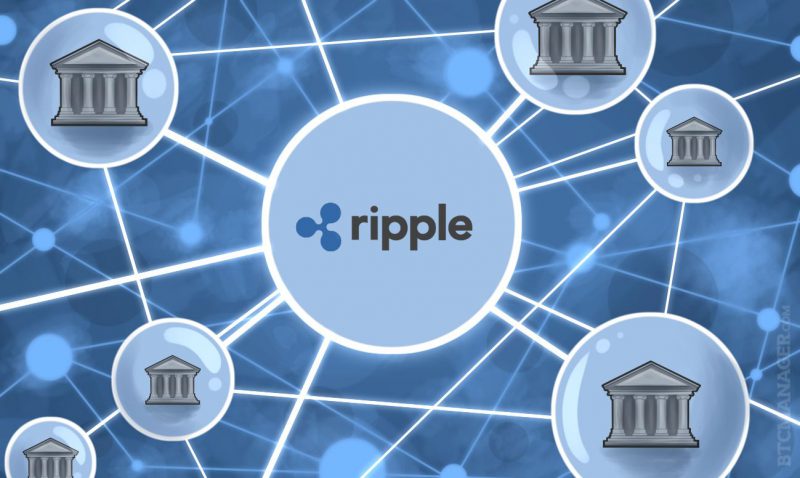The Arab Monetary Fund (AMF) has named decentralized payments network RippleNet as a feasible alternative to central bank digital currencies (CBDCs).
As per a recent report, the AMF’s Arab Regional Fintech Working Group opined that there is a fair amount of risk for a nation to issue a CBDC. In fact, as per the group, local currencies will take the fall and would eventually lose their basic utility on the issuance of CBDCs.
Outlining the nuances of the report
The report specifically highlights,
“There are many risks associated with the international positions on local CBDCs ranging from the risk of ‘digital dollarization,’ international spillovers and the impact on the international role of currencies.”
It further added that CBDCs being used successfully could mean a local currency might lose its function as a Medium of Exchange [MoE], unit of account, and storage of value. Highlighting another cause of concern revolving for fiat revolving around volatility, AMF’s report noted,
“In addition, issuing CBDCs to nonresidents can result in an increase in exchange rate volatility and change in capital flow dynamics since CBDC characteristics make them appealing to investors as an alternative financial instrument.”
The same, arguably, is a blessing in disguise for CBDCs.
Ripple’s essence in the big picture
Among the alternatives to CBDCs, which could add similar utility but less risk, including the SWIFT payments system, Revolut, London FinTech Wise, and RippleNet, a real-time gross settlements system.
The working group advised Arab central banks to improve their “messaging protocols” using systems such as SWIFT GPI and, significantly, RippleNet. This development comes just days after the revelation that The Clearing House, one of Ripple’s partners, is collaborating with Wells Fargo to produce an alternative payment system to SWIFT.
The paper also specifically named Ripple’s XRP as a unique cryptocurrency as it was one of the first “designed primarily for payments,” in contrast to most other crypto assets which were labeled as “speculative” stores of value. Adding a direct link to Ripple’s “Future of CBDC” report, the advisory paper evidently saw Ripple having a pressing role to play in the future blockchain-based, global financial infrastructure.
However, without giving specifics, the group highlighted that CBDC alternatives have their own flaws that ought to be addressed before they see widespread adoption.
“Most of these non-CBDC alternatives have significant limitations or flaws. As a result, many central banks continue to undertake proof of concepts or pilots with CBDC.”
Ripple and its affair with CBDCs
The AMF showing interest in Ripple is not the first instance where a nation has relied on the blockchain payments network. Back in September last year, for instance, Ripple had announced its partnership with Bhutan’s central bank, the Royal Monetary Authority (RMA). Per the same, the Asian nation’s central bank is using Ripple’s CBDC solution to pilot a central bank digital currency (CBDC) in phases.
The move was driven by the nation’s desire to enhance digital and cross-border payments, expand financial inclusion efforts and extend its commitment to sustainability as the only carbon-negative country in the world.
With Ripple offering real-life use cases, the adoption of its payment tech and native currency XRP is only set to swell up going forward.





